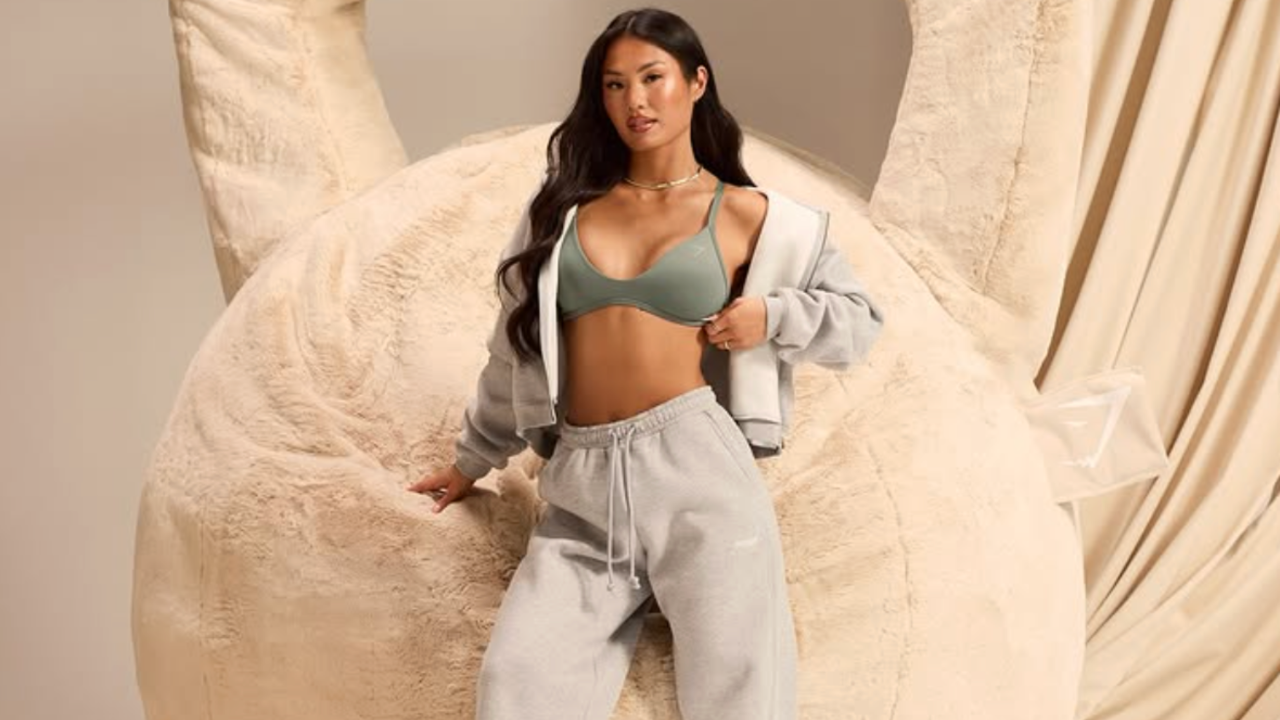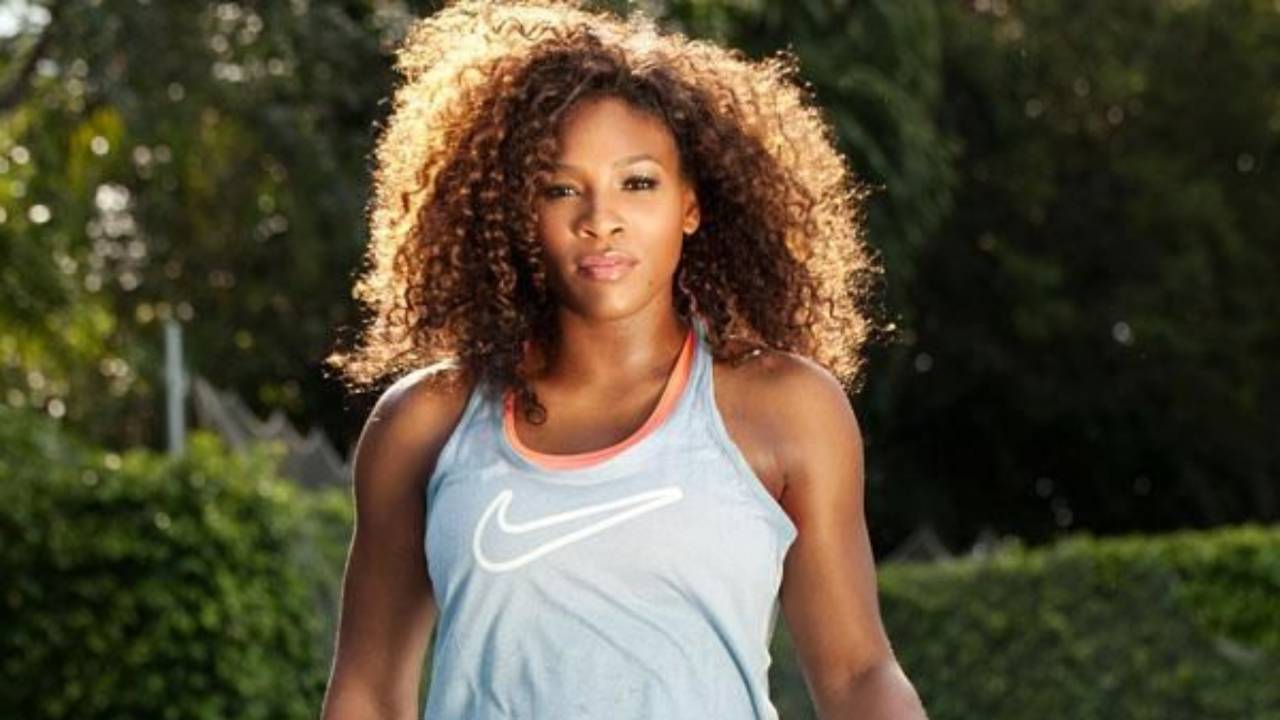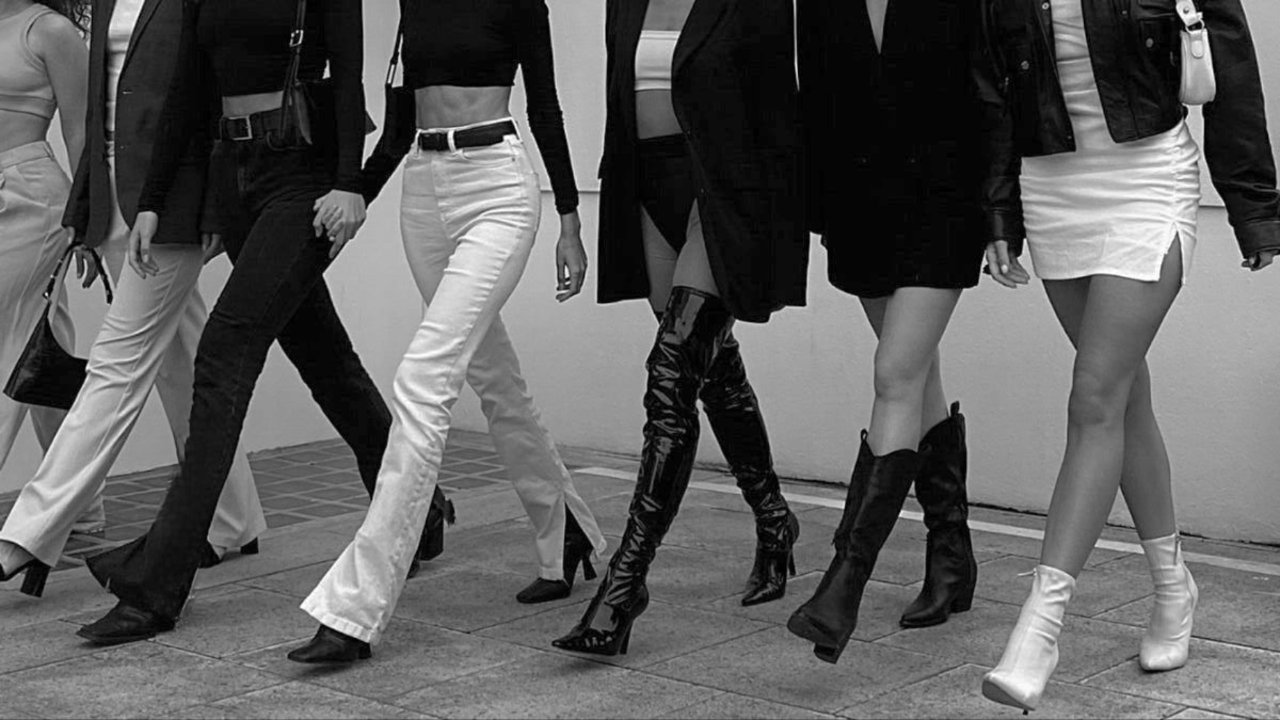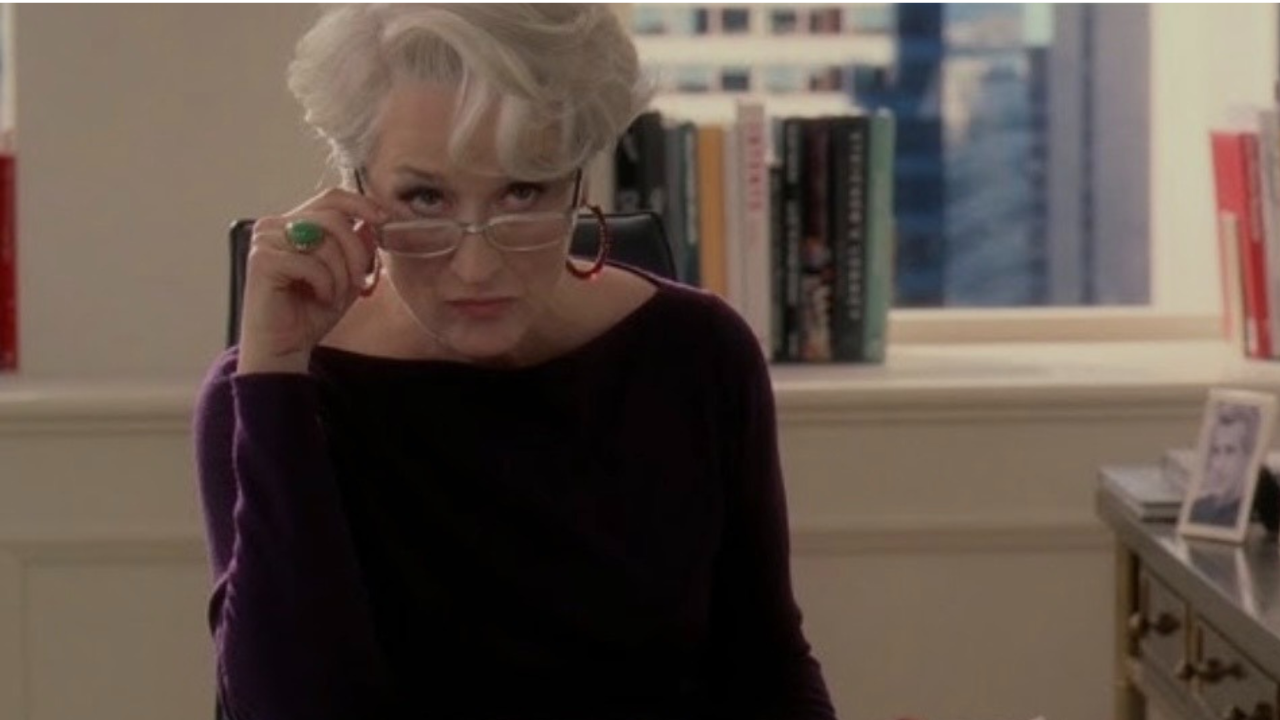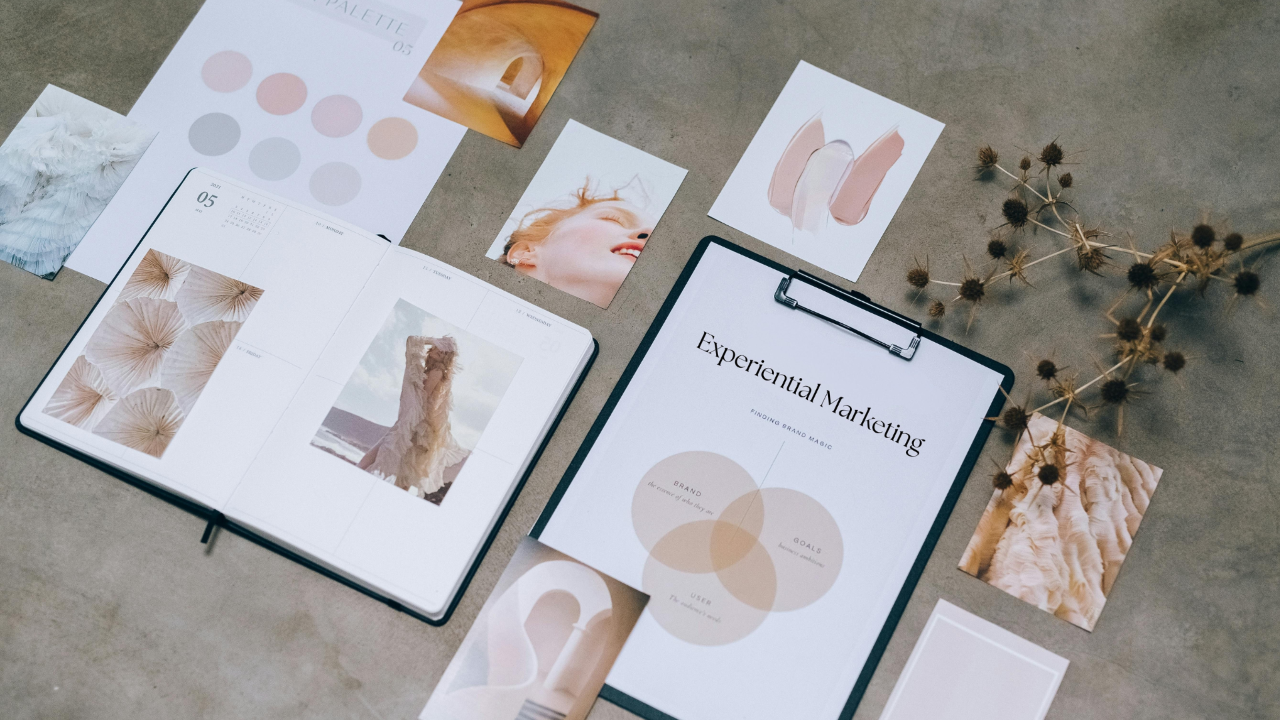Misogyny on TV: A Look into the Mistreatment of Famous Women in Mainstream Media
Nov 15, 2024
Did you know that 1 in 10 female characters on TV are portrayed in sexually revealing clothing, compared to just 1 in 60 male characters?
This stark disparity highlights the deep-rooted misogyny on TV, where women are often objectified and reduced to their appearance.
For years, Hollywood has perpetuated misogyny on TV, shaping harmful stereotypes and promoting a toxic portrayal of women. It's time to critically examine how misogyny on TV continues to negatively impact the representation of women, influencing how they are viewed both on-screen and in society.
Television Breakdown
The entertainment world has evolved in many ways, but the obvious usage of misogyny on TV has remained stagnant.
The industry has become more diverse, pushing the limits and covering more advanced topics.
Teen drama shows took misogynistic writing to a whole new level. This weird power dynamic obsession that writers have when it comes to relationships in TV shows needs to be discussed more.
Not to mention the very tired and terribly wrong storyline of teacher/student relationships in Pretty Little Liars and Riverdale.
Early sitcoms and WOC
Misogyny on TV has taken very few steps toward evolving in the right direction. Different genres tackle the topic in different ways.
Shows such as 7th Heaven and That 70s Show do it in problematic and sometimes obvious ways.
Women of color are also constantly subject to misogynistic and racial microaggressions in the media.
Black women were typically stereotyped on TV to play the "ghetto baby momma" or the "aggressive housewife" with no real plot line of their own.
The female character stereotype

Changes in Misogyny on TV
As time progressed on, women were brought to the forefront but not in a productive way. Instead of ignoring them on the screen, the writers decided to objectify them in sexual ways.
Misogyny on tv is something that is finally starting to get called out by people after years of it getting swept under the rug.
Many episodes from your favorite comfort shows are aging poorly when it comes to certain lines, plots, and personality traits for some of the characters.
A perfect example would be Elliot Stabler from SVU. Yes, Stabler does have some redeeming qualities about him however, that does not take away how misogynistic and critical he can be to the female characters in the show.
Olivia Benson was constantly being talked over and dismissed by her male colleagues.
Some victims in the show weren't taken seriously because they were women and women have a stereotype of being overly emotional and dramatic. If the victim is both a woman and a member of the LGBT community, they were treated even worse.
Another example of misogyny on TV would be the Bachelor franchise.
In the bachelor, women will fight in the mud while wearing bikinis for views. No point in the “challenge” , just another way to objectify women and make them feel horribly about themselves for views.
It girls of the Early-Mid 2000s

In the early to mid-2000s came the “it girl era” which also gave the media a new way to talk down on women.
Paparazzi and blogs are starting to become one of the main ways that people get their celebrity news.
This is the era of Paris and Nicole working at sonic, Lindsey Lohan, and Hilary Duff are feuding, Aquamarine had just hit theaters.
The aesthetic was skinny. If you weren't stuck straight, no one in Hollywood would give you the time of day.
Misogyny on TV was at an all time high because now on top of the scripted shows we now have reality shows, TMZ, and magazines who continuously pit women against one another and judge them solely on their looks.
Let’s take a look into how the media treated Kim Kardashian's body in this specific era.
Flash forward to today and Kim Kardashian is one of the people who set the tone for curvy bodies to be in.
Back then Paris Hilton’s body was the body that everyone wanted. The goal was to look more like Paris who was tall and skinny and not like Nicole Richie or Kim Kardashian who both were curvier and shorter than Paris.
Men vs. Women in the Press

✍️ Written by Emani Powell
JOIN 30K MARKETING GIRLIES
Women in Marketing LinkedIn Group
A private community where young women in marketing network, collaborate, and support each other.
GOOD STUFF ONLY
Sky Society Weekly Edit
Signup for our weekly newsletter for:
✨ New entry-level marketing jobs
✨ Marketing tips and tea
✨ Resume and portfolio resources
✨ Invites to exclusive events
We hate SPAM. We will never sell your information, for any reason.

